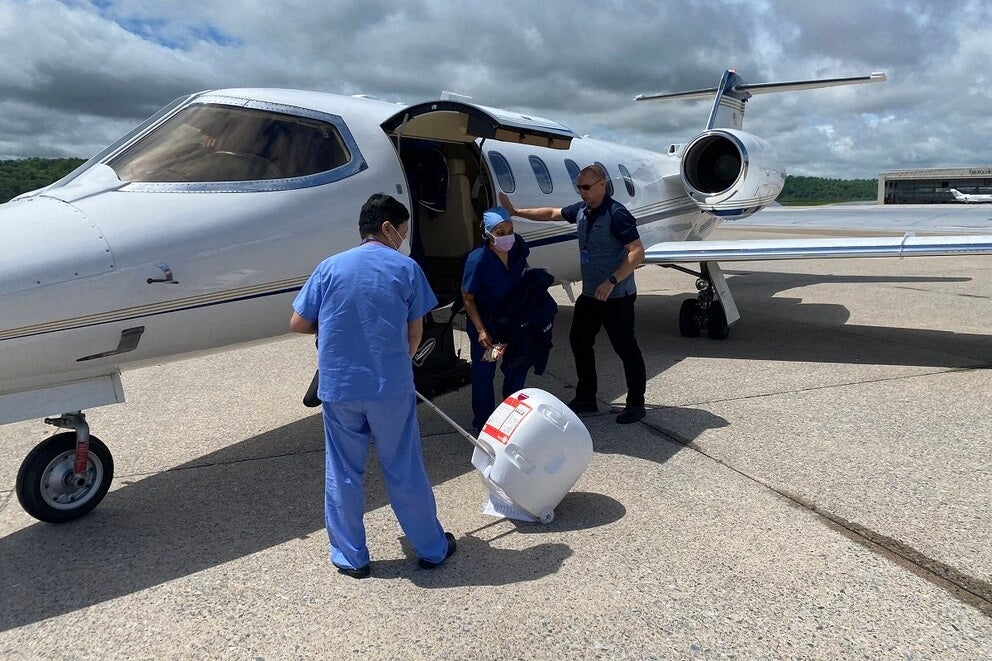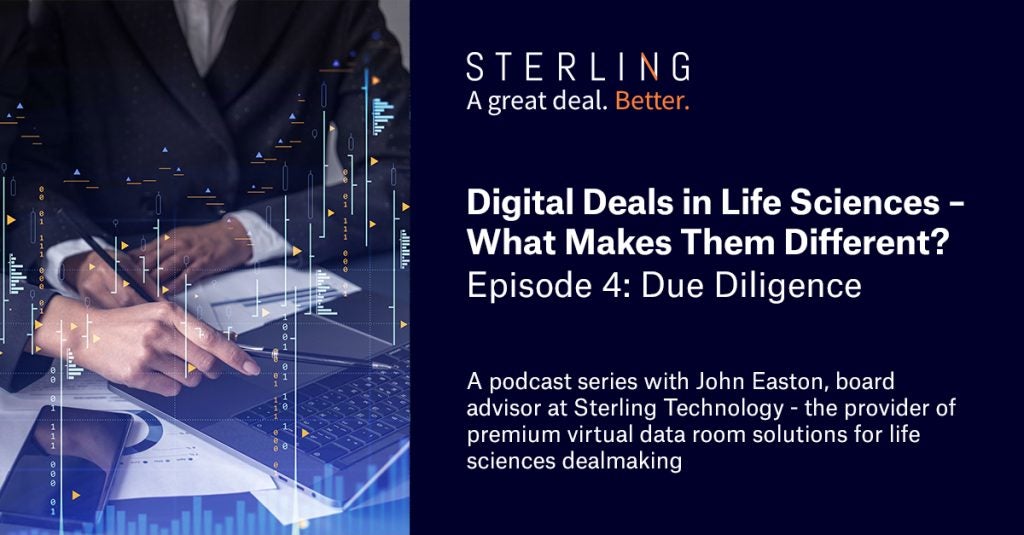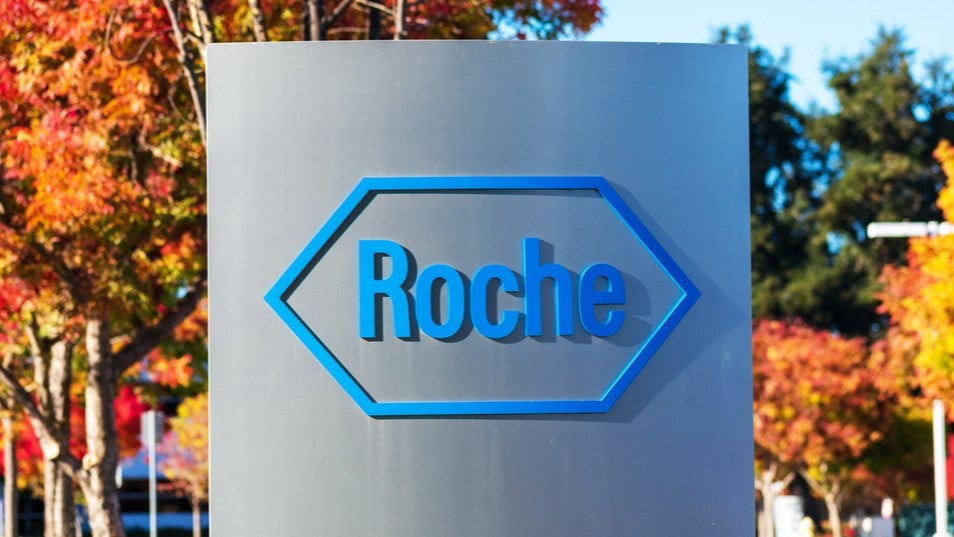
The SherpaPak cardiac transport system looks like little more than a lightweight white box on wheels, but it might just save your life. Developed by medtech firm Paragonix, the SherpaPak could well be set to revolutionise the future of heart transplantation.
It’s not just the surgeries to extract and implant donor hearts that prove tricky – the mere logistics of transporting a heart represent a race against time. The organ’s time spent out of the body is best kept to under four hours, with donor hearts unlikely to still be viable once they reach the six-hour mark. That’s not a lot of time to remove an organ, get it to the recipient and complete a complicated surgery. Plus, myriad upsets can occur that can render the donor heart unviable even before it reaches its destination.
The SherpaPak aims to overcome these barriers by extending the amount of time hearts can be in transit and giving clinical teams full oversight of the organ’s status. A recent case report at Stanford University found that the heart could easily survive outside of the body in the SherpaPak for five and a half hours. Medical Device Network caught up with Paragonix CEO Dr Lisa Anderson to find out more about the development of the device and the implications for the transplant field.
Chloe Kent: What sets SherpaPak apart from conventional organ transplant systems?
Lisa Anderson: SherpaPak and the technology that we use in this product is innovative because it radically changes the way organs are preserved. It deviates from the current standard, but it’s still based on clinically proven, scientifically validated organ preservation methods.
How well do you really know your competitors?
Access the most comprehensive Company Profiles on the market, powered by GlobalData. Save hours of research. Gain competitive edge.

Thank you!
Your download email will arrive shortly
Not ready to buy yet? Download a free sample
We are confident about the unique quality of our Company Profiles. However, we want you to make the most beneficial decision for your business, so we offer a free sample that you can download by submitting the below form
By GlobalDataWhat is really important to point out about the technology is that the clinical team, for the first time, is in full control over the organ’s environment during the transport period, due to the precision temperature control and monitoring that the product provides. The environment of a donor heart placed into an igloo cooler is extremely difficult to control. You can’t monitor the condition of the donor heart during transport. The technology has made a previously uncontrollable or uncontrolled process now completely controllable and safe.
CK: How exactly does the technology work?
LA: From a technical standpoint, this is a precision temperature device that continuously reads, monitors and reports out the environment of the donor heart. We target a very narrow temperature range between 4°C and 8°C. If you place the heart into ice in an igloo cooler, the temperature rapidly reaches freezing, causing injury to the donor heart. By raising the temperature to 4°C and 8°C, which is still a very safe hypothermic interval, we ensure that less or no injury occurs to the donor heart during transport.
What’s also important about transporting a donor heart is that the whole organ is homogeneously cooled, so that the entire organ is the same temperature. That is not possible in an igloo cooler with current methods. With our device the donor heart has that perfect homogeneous cooling ensured, because it’s placed into a series of sterile canisters and managed within the canister through a cannulation mechanism and the proprietary suspension mechanism.
What’s also great is that the device is Bluetooth-enabled and paired with a mobile app. All the information that is continuously gathered during the transport can be relayed, not just to the user standing right next to the device – via our app, we can also report this information back to the hospital. Organ donation and transplantation has lots of travel involved, so it’s very important for the surgeons awaiting the donor heart at the recipient hospital to know how the heart is doing and how far away it is, and what the pinnacle milestones in the procurements were. We’re able to report all that information back remotely.
CK: How can this technology help tackle the challenges caused by organ donor shortages?
LA: In order to make more donor organs available you really have to have an increased awareness about organ donation. But this technology ensures that the utilisation of these organs is maximised.
When a surgeon is serving a patient on the waitlist and they’re reviewing donor hearts, lungs or livers that are available, they’re taking a whole host of factors into account. One of them for example is time: how much time do I have to bring this organ back safely to the transplant centre? With optimised preservation, these decisions are made differently. You can be assured that this organ will make it back safely and will give the patient the outcome that is hoped for, which will certainly help increase the utilisation of donor organs.
CK: Why is there this shortage of donor organs in the first place?
LA: The waitlist of patients that need a donor organ has rapidly increased over the last few decades. Hundreds of thousands of patients are currently waiting for an organ, but only a few will actually receive one. The donor donation process is a complicated one and it almost has to be a perfect medical situation for donation to occur. The donor has to be managed appropriately and then the donor family has to make the decision to provide that gift of life from their loved one to another human being. I always say that the outcome of a donation and transplantation is actually a miracle. Every one of those cases is a masterpiece in terms of different hospitals and clinical teams collaborating, and of course the selflessness of a donor family to provide these organs.
CK: You’re currently working with the University of Nebraska on a project concerning donation after circulatory death (DCD). Can you talk me through the collaboration?
LA: This is a very exciting collaboration. There is a method called normothermic regional perfusion where donors that have not been able to be utilised for heart transplantation are now being tapped into. They’re doing this by resuscitating the heart within a donor using very precise surgical and medical protocols.
Our collaboration with the University of Nebraska is so exciting because this method was previously limited to local donations. The donor heart is injured during circulatory death by a process called warm ischemia, which means the heart is not getting oxygenated blood, which is why these hearts have conventionally not been used. With the combination of this incredible surgical technique and the perfect preservation environment provided by our product, it is now possible to expand beyond just the local area. We think that this will certainly increase the donor pool within the next few years. With the announcement of this collaboration we have received many requests from other hospitals that are now setting up similar programmes, because they really see that DCD could provide more donor hearts for patients on the waitlist.
CK: What is the cost-benefit analysis of the SherpaPak?
LA: We have used our clinical data to do a full economic analysis and the SherpaPak, just in post-operative care between transplantation and discharge, leads to cost-savings of over $20,000 per patient.
CK: Is SherpaPak viable in all transplant circumstances?
LA: We’re really proud to support the paediatric heart transplant community as well as adult patients. We are one of the very few medical device companies that ensured our technology is also available for the paediatric patient population. There’s nothing more precious than a paediatric donor heart and it’s incredible gratifying that we have our products in the hands of paediatric surgeons using this for little kids receiving a heart transplant. This is something that we will continue with all other products as well.
CK: What does the next year look like for Paragonix?
LA: We have an exciting year ahead. By the end of this year, we’ll be serving 45 transplant centres with our products, so we’re incredibly humbled by the interest and the rapid adoption of this technology. We are supporting one of the largest clinical databases right now, specifically looking at heart preservation, lung preservation and the outcomes related to our products. As we enter 2022 we will be releasing the data of these global registries, showing dramatic improvements in terms of post-operative outcomes when our products are utilised. Specifically, the reduction of what is called primary graft dysfunction, when the heart fails to sustain function after implantation.
We’re also in the midst of our commercial launch for new product called LIVERguard. Livers are also very sensitive to cold injury and we believe that with our product we can prevent much of the damage that these organs received during transport. So new products, new clinical data, and we hope to show both of these off at some of the in-person conferences in the upcoming year.







